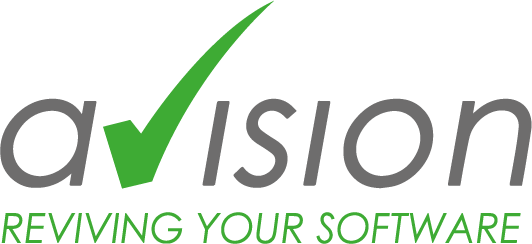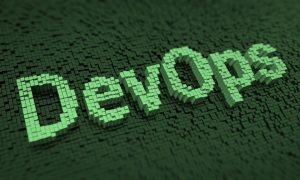With DevOps, companies can develop legacy software more securely and flexibly – if they do it right. Avision explains the biggest stumbling blocks.
Legacy applications can be modernized not only with technological measures. The use of new organizational techniques can also pay off. These include, for example, the DevOps method, which uses shared processes and tools to ensure more effective collaboration between the software development and operations teams. It enables companies to create, test and release further developments of their legacy software more flexibly and securely.
For this to really work, however, companies must implement the DevOps method consistently. IT service provider Avision, a specialist in software revival, explains what to look out for, what mistakes to avoid and where the limits of DevOps lie with legacy applications:
Companies often limit DevOps to the tools. However, the use of continuous integration and continuous delivery tools to automate collaboration alone does not lead to success. To truly eliminate the separation between development and operations, a culture of cooperation between the two areas is also required.
The key to this culture is the shared basic attitude in the DevOps teams that development and operations are on an equal footing. The two areas must communicate openly and honestly with each other, cultivate a feedback culture and willingly share their knowledge. Mutual recriminations destroy the DevOps concept.
DevOps also requires a new management culture. Management must allow and support independent action. If, for example, an error occurs during the rollout of a further development, the DevOps team must be able to decide quickly, without lengthy reassurance, whether the rollout should be aborted or continue so that the error can be rectified later with a patch.
Companies should not buy into the false myth that DevOps results in significantly fewer errors. DevOps teams can also produce faulty software. However, automated tests, continuous integration/continuous delivery and close collaboration between development and operations allow errors to be rectified more quickly.
DevOps works best with agile development methods that allow teams to experiment and try out new ideas. However, this initially leads to more errors. DevOps is therefore not suitable for the further development of legacy software in critical areas such as aviation or healthcare, where even small errors can have fatal consequences.
“If they get it right, companies can use DevOps to develop their legacy applications more securely and flexibly and resolve problems more quickly,” says Nadine Riederer, CEO at Avision. “But the culture has to be right. Everyone involved must share their knowledge and the teams must not be forced to delegate decisions to other levels.”
This press release is also available at www.pr-com.de/de/avision.
Press contact
Avision GmbH
Christina Karl
Marketing
Bajuwarenring 14
D-82041 Oberhaching
Tel. +49-89-623037-967
christina.karl@avision-it.de
PR-COM GmbH
Melissa Gemmrich
Sendlinger-Tor-Platz 6
D-80336 München
Tel. +49-89-59997-759
melissa.gemmrich@pr-com.de



